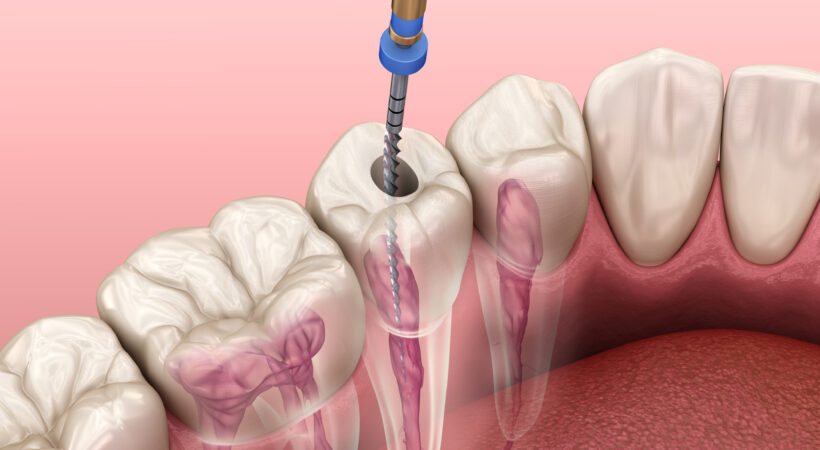Introduction
Root canal treatment is a critical dental procedure that involves removing infected pulp from the tooth’s root canals and sealing them to prevent further infection. Despite being a highly successful procedure, it can be challenging to completely clean and disinfect complex root canal systems. In recent years, advancements in nanotechnology have opened up new possibilities in various fields, including dentistry. One such revolutionary development is the use of nanorobots to enhance root canal treatment. These tiny, automated devices offer precise control and unmatched efficiency, leading to improved outcomes and patient satisfaction. In this article, we will explore the potential benefits of incorporating nanorobots in root canal treatments.
What Are Nanorobots?
Nanorobots, also known as nanobots or nanomachines, are minuscule devices that measure on the nanometer scale, typically ranging from 1 to 100 nanometers. These tiny robots are designed to perform specific tasks at the molecular level. Nanorobots can be controlled remotely, allowing them to navigate through intricate structures and deliver targeted treatments.
The Promise of Nanorobots in Dentistry
1. Enhanced Cleaning and Disinfection: Traditional root canal treatment involves using mechanical tools to clean and shape the root canals manually. However, it can be challenging to reach every nook and cranny of the complex canal system. Nanorobots can be programmed to navigate through these convoluted pathways, ensuring thorough cleaning and disinfection of the entire canal system. They can effectively remove debris, bacteria, and infected tissue, significantly reducing the risk of reinfection.
2. Drug Delivery: Nanorobots have the potential to revolutionize the way medication is delivered during root canal treatments. Instead of relying solely on medicated irrigants, nanorobots can precisely deliver antibiotics or other therapeutic agents directly to the affected areas. This targeted drug delivery system maximizes the efficacy of the treatment while minimizing side effects on healthy tissues.
3. Real-Time Monitoring: Nanorobots equipped with sensors can monitor the treatment process in real-time. Dentists can receive valuable feedback on the progress of the root canal procedure, ensuring that no critical steps are overlooked. This level of accuracy enhances the predictability of treatment outcomes and reduces the need for additional appointments.
4. Minimally Invasive Approach: Nanorobots facilitate a minimally invasive approach to root canal treatment. With their small size, they can access even the tiniest canals without causing damage to the surrounding tissues. This results in faster healing and a reduced risk of post-treatment complications.
Challenges and Ethical Considerations
While the prospect of using nanorobots in root canal treatment is promising, there are some challenges and ethical considerations to address:
1. Safety and Biocompatibility: Before introducing nanorobots into clinical practice, thorough testing is necessary to ensure their safety and biocompatibility. Researchers must ensure that these devices do not cause any adverse reactions in patients and are entirely biodegradable.
2. Standardisation and Regulations: Introducing nanorobots into dental practice will require stringent regulations and standardisation of procedures. Dentists and endodontists must be adequately trained to use these advanced technologies effectively. Endodontists are dentists who are specialists in root canal treatment and diagnosing and treating complex causes of tooth pain.
3. Affordability and Accessibility: Initially, the cost of implementing nanorobot technology may be prohibitive for many dental practices. Ensuring accessibility and affordability to a broader population will be crucial for widespread adoption.
Conclusion
The use of nanorobots in root canal treatment holds immense potential to revolutionize the field of dentistry. With their ability to navigate complex root canal systems, deliver targeted medication, and monitor the treatment process in real-time, nanorobots can significantly improve the outcomes of root canal procedures. However, further research and development are necessary to address safety concerns, establish regulations, and make this technology accessible to all. As advancements in nanotechnology continue, we can look forward to a future where root canal treatment becomes even more effective, efficient, and patient-friendly. Another advancement in dental sector is that they now used dental marketing strategy. A dental marketing is use to attract and retain new patients for much greater revenue in this industry.
